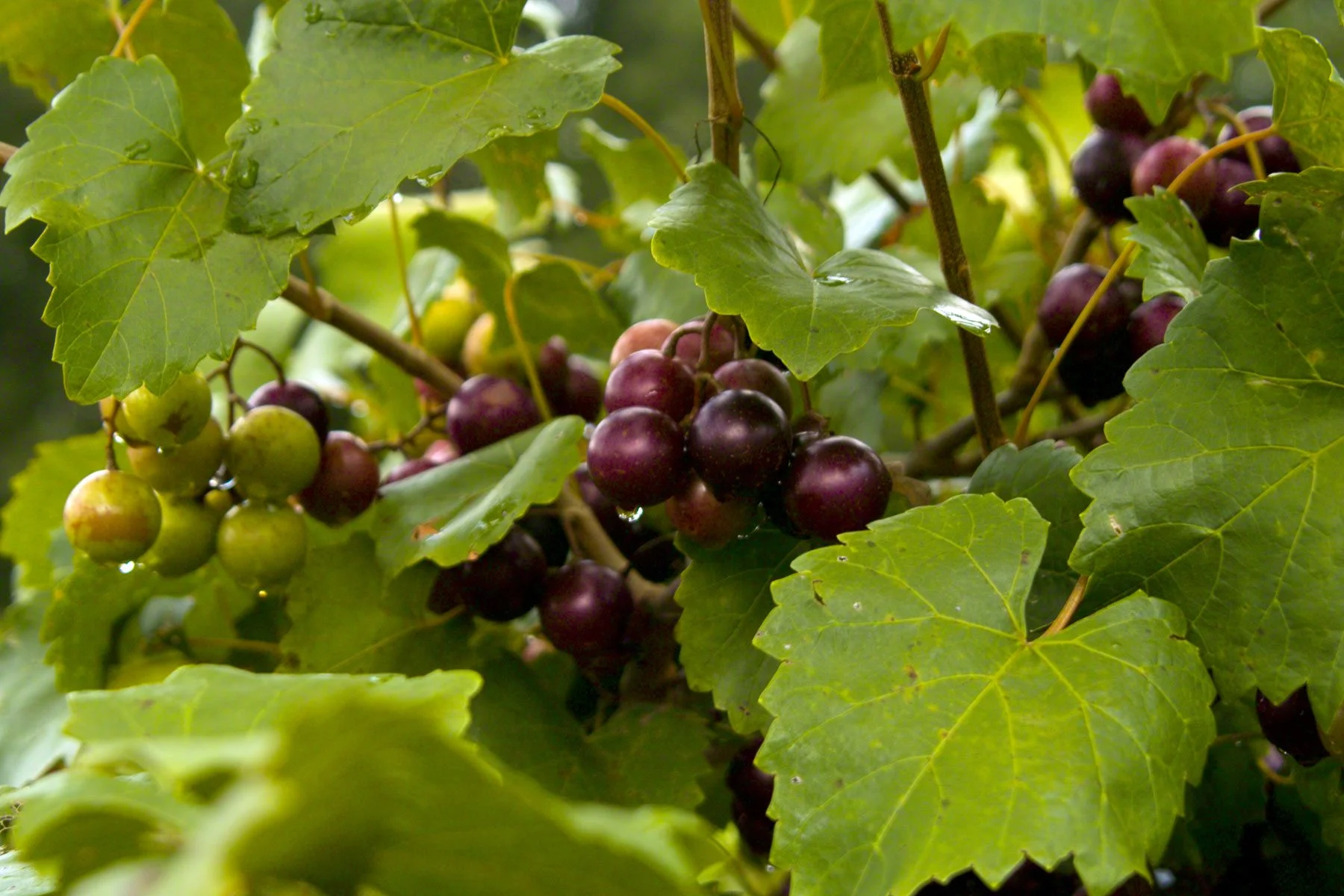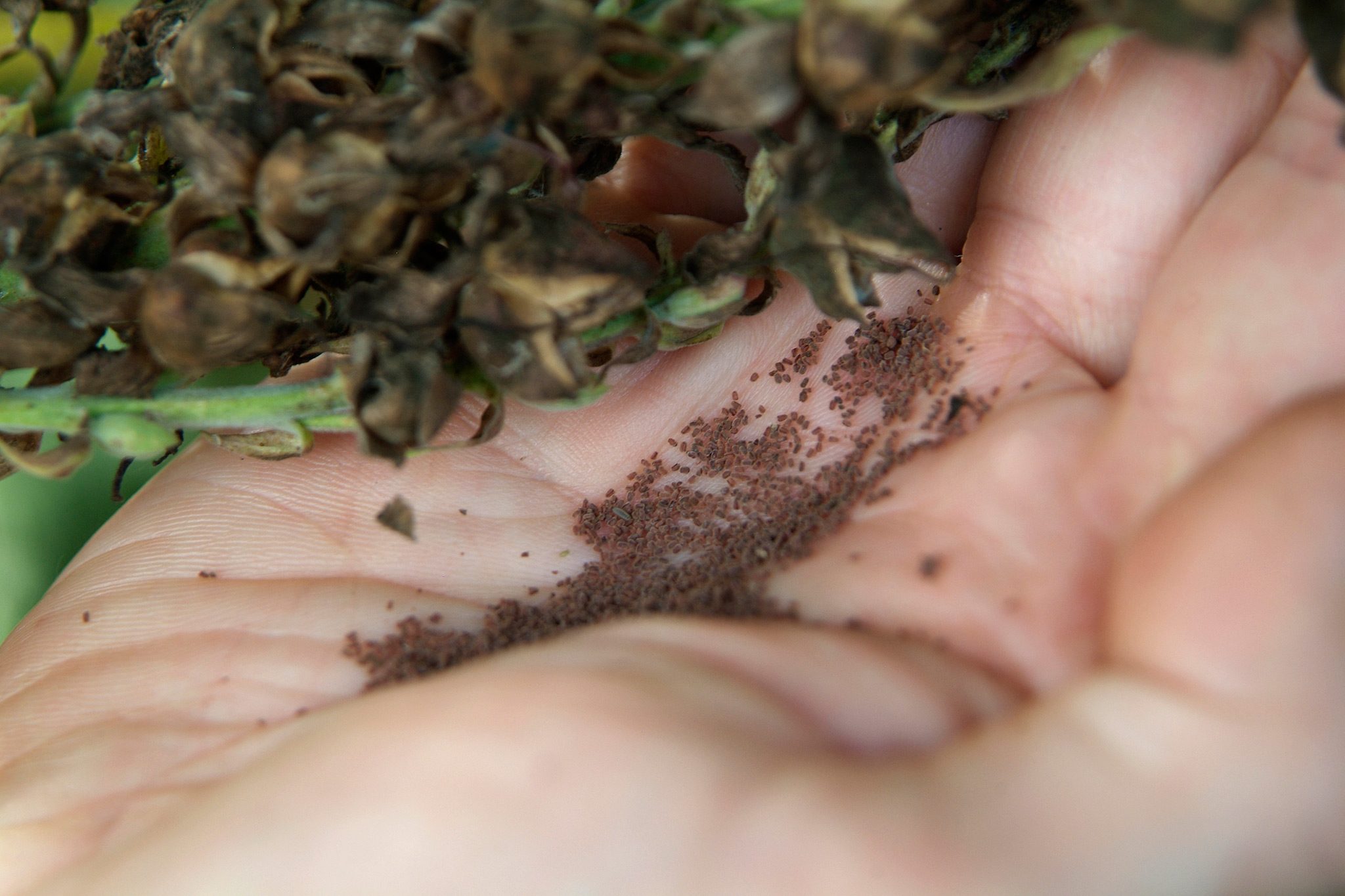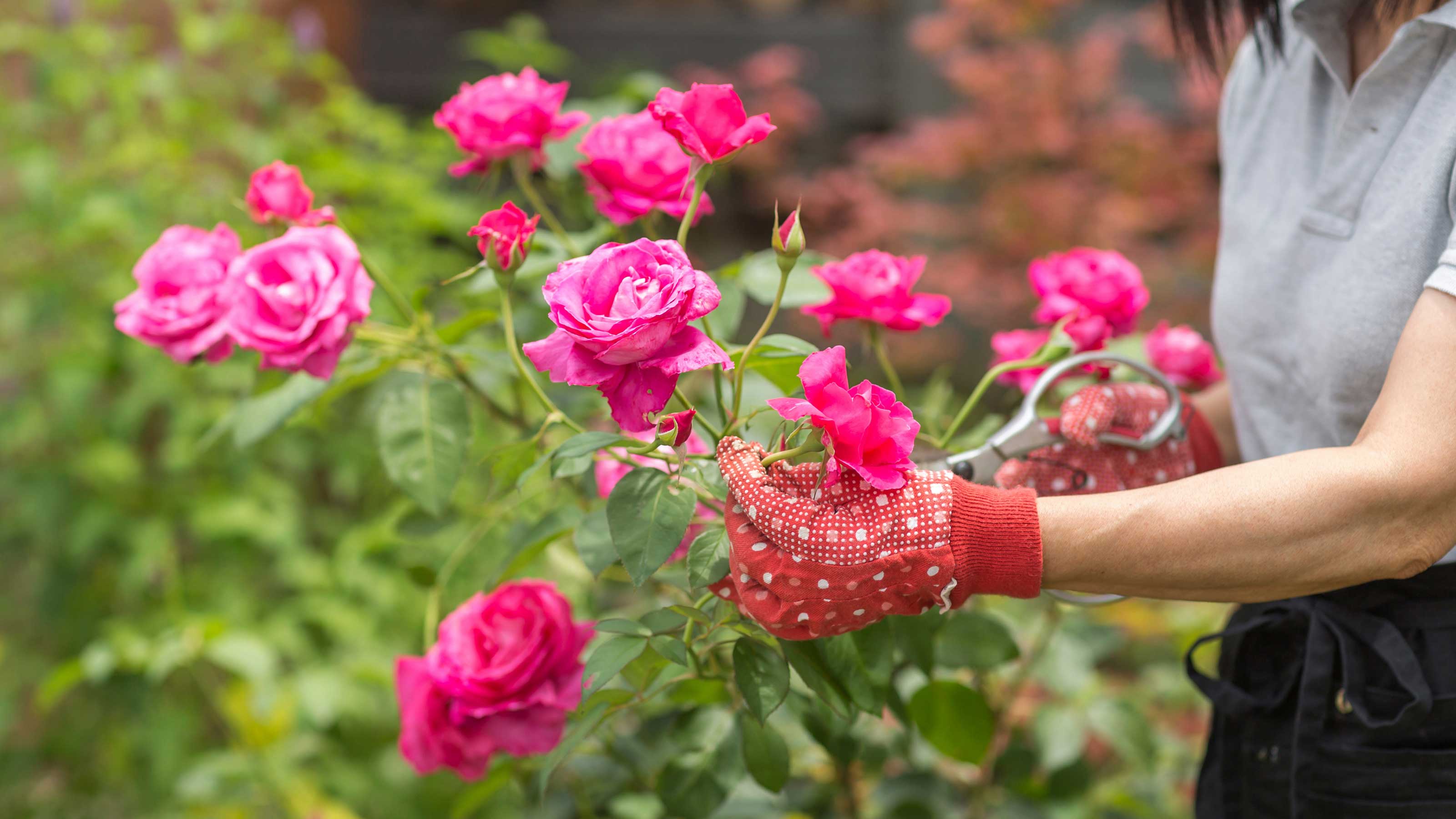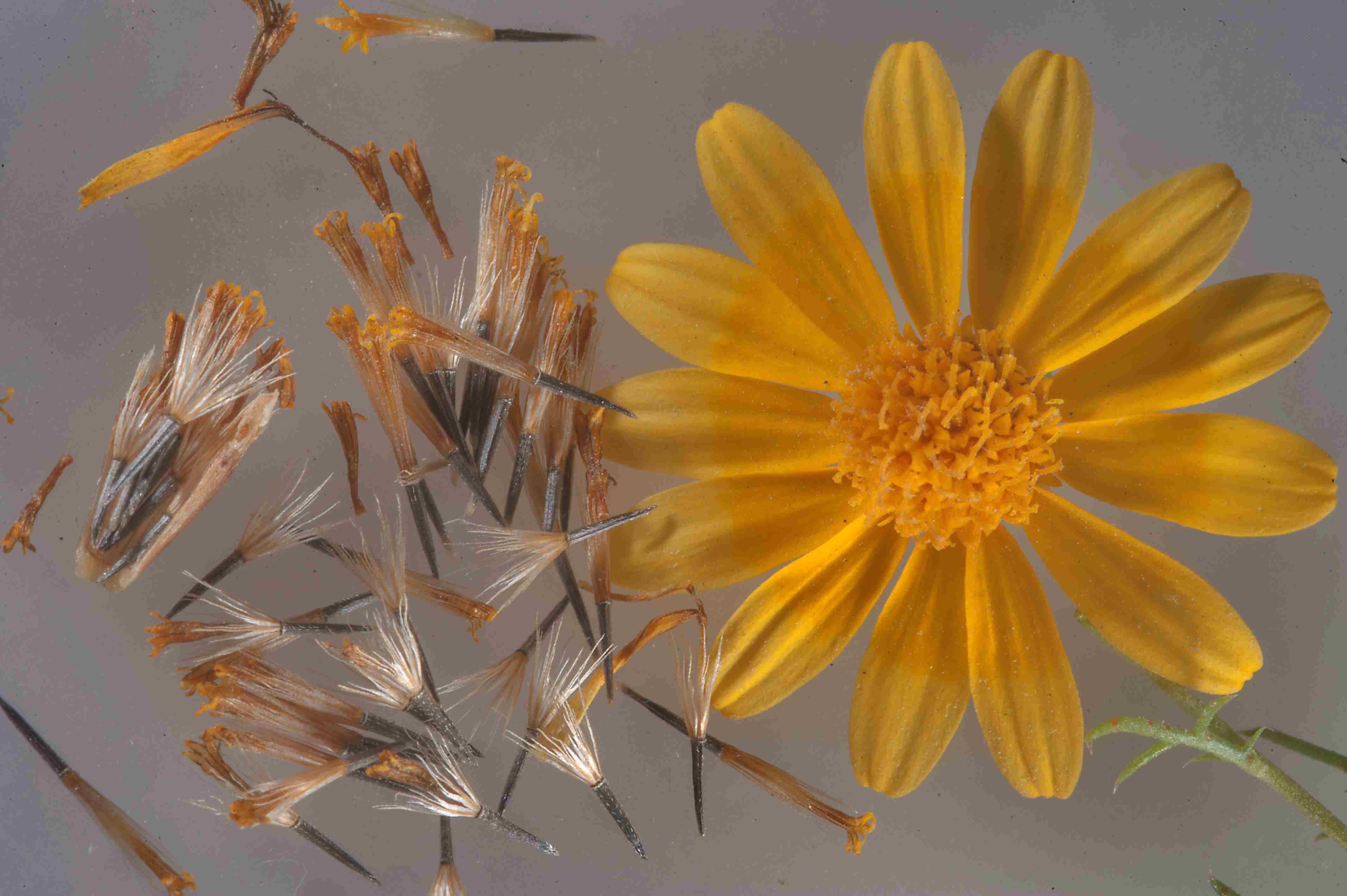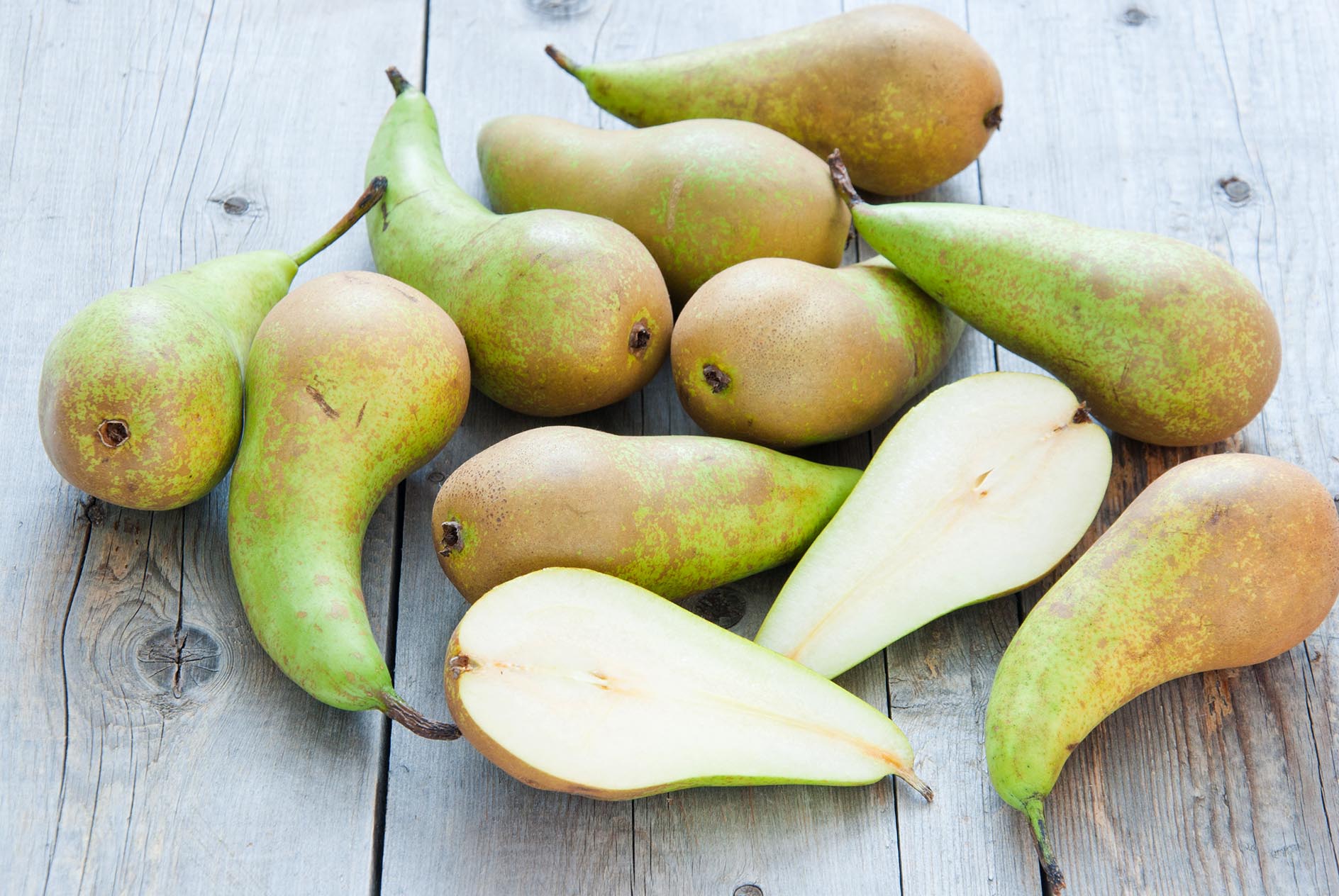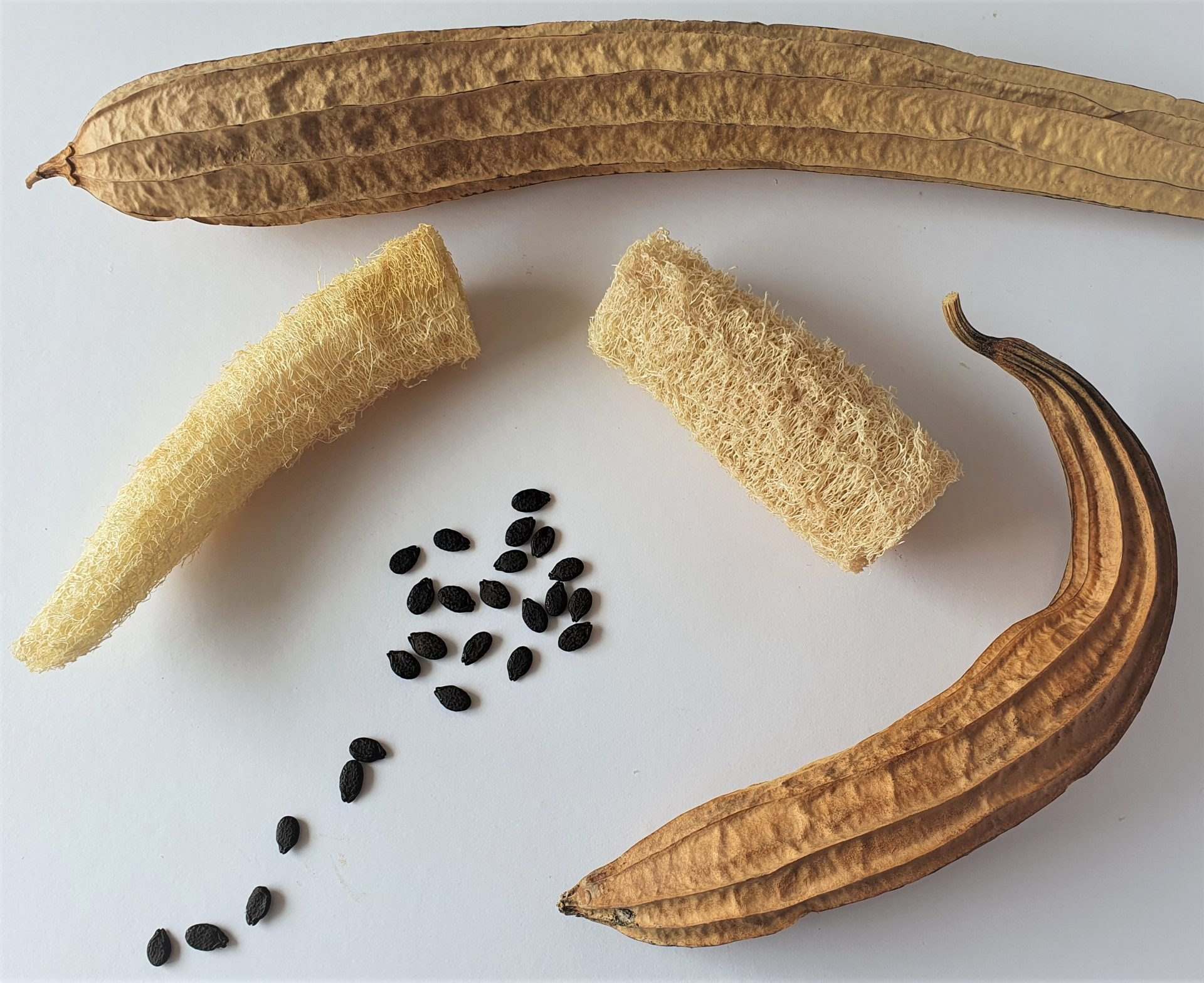Home>Types of Gardening>Ornamental Gardening>How To Plant Bonsai Seeds
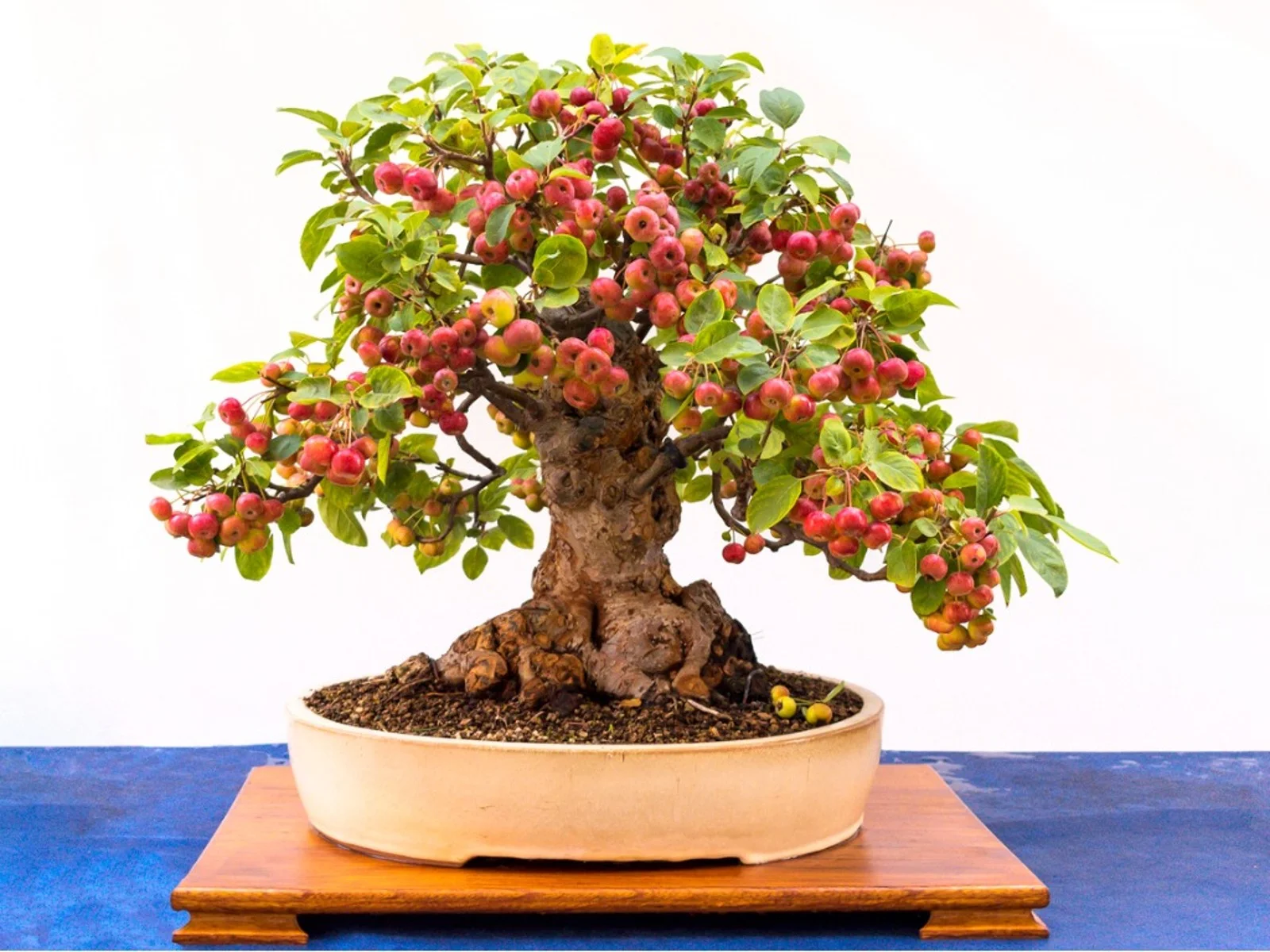

Ornamental Gardening
How To Plant Bonsai Seeds
Modified: January 22, 2024
Learn the art of growing and nurturing bonsai trees from seeds with our comprehensive guide on ornamental gardening. Discover the secrets to planting bonsai seeds and watch your tiny tree flourish.
(Many of the links in this article redirect to a specific reviewed product. Your purchase of these products through affiliate links helps to generate commission for Chicagolandgardening.com, at no extra cost. Learn more)
Table of Contents
- Introduction
- Choosing the Right Seeds
- Preparing the Soil
- Soaking and Scarifying the Seeds
- Sowing the Seeds
- Providing Proper Watering and Drainage
- Providing Adequate Light
- Maintaining Proper Temperature and Humidity
- Pruning and Shaping the Bonsai Seedlings
- Transplanting the Seedlings
- Caring for the Young Bonsai Tree
- Conclusion
Introduction
Welcome to the world of ornamental gardening, where the beauty and artistry of plants are brought to life. One particularly captivating aspect of this hobby is the art of growing and shaping bonsai trees. Bonsai, with its origins rooted in ancient China and Japan, has become a beloved practice for gardeners and nature enthusiasts around the world.
Creating a bonsai tree from scratch can be a truly rewarding and fulfilling experience. While some enthusiasts opt to purchase established bonsai trees, others prefer to start from the very beginning by planting bonsai seeds. This allows for a deeper connection to the tree and an opportunity to shape its growth from the very start.
However, planting bonsai seeds requires careful attention and understanding of the process. In this article, we will guide you through the steps necessary to successfully plant bonsai seeds and nurture them into beautiful, flourishing trees. From choosing the right seeds to providing the proper care, you will learn how to embark on this enchanting journey of bonsai cultivation.
Whether you are a beginner or an experienced gardener, this comprehensive guide will equip you with the knowledge and skills to grow your own bonsai tree from seed. So, roll up your sleeves and let’s dive into the world of bonsai gardening!
Choosing the Right Seeds
When it comes to planting bonsai seeds, selecting the right variety is crucial. You want to choose seeds that are suitable for bonsai cultivation and align with your desired aesthetic. Here are some important factors to consider when choosing bonsai seeds:
- Variety: There are various species of trees that can be cultivated as bonsai, such as junipers, maples, pines, and ficus. Each species has its own unique characteristics and growth requirements. Research different varieties and choose one that aligns with your preferences.
- Climate Compatibility: Consider the climate of your region and choose seeds that are well-suited to that environment. Different tree species thrive in different climatic conditions, so it’s important to choose seeds that can withstand the temperatures and weather patterns of your location.
- Desired Size and Shape: Bonsai trees come in different sizes and shapes, ranging from compact and dwarf to larger and more elaborate. Consider the ultimate size and shape you want your bonsai tree to have and choose seeds of a species that can be trained accordingly.
- Availability: Some bonsai tree species may be more readily available as seeds than others. Research local nurseries or online stores to find out what varieties of bonsai seeds are easily accessible to you. It’s always helpful to have a reliable source to obtain your desired seeds.
Once you have narrowed down the species and variety of bonsai seeds you want to plant, it’s time to move on to the next step: preparing the soil.
Preparing the Soil
The quality of the soil plays a crucial role in the growth and development of bonsai trees. It is important to provide the right balance of nutrients, drainage, and aeration for your bonsai seeds to thrive. Follow these steps to prepare the soil for planting:
- Choose the Right Soil Mix: Bonsai trees require well-draining soil that retains moisture without becoming soggy. Opt for a bonsai-specific soil mix that consists of a combination of organic matter, such as peat moss or compost, and inorganic matter like perlite or grit. This mixture ensures adequate water retention while promoting good drainage.
- Sterilize the Soil: Before planting the seeds, it is advisable to sterilize the soil to eliminate any potential pathogens that could harm the emerging seedlings. Sterilization can be done by baking the soil mix in an oven at a temperature of around 180°F (82°C) for 30 minutes. Allow the soil to cool down before using it.
- Ensure Proper pH Level: Bonsai trees generally prefer slightly acidic soil with a pH range of 5.5 to 6.5. Test the pH of your soil mix using a pH tester or kit, and adjust it if necessary by adding organic matter like pine bark or peat moss to increase acidity or adding lime to decrease acidity.
- Sift the Soil: To ensure proper aeration and prevent compaction, sift the soil mix using a fine-mesh sieve or bonsai soil sifter. Sifting removes any large particles or clumps that could hinder root growth and allows for better distribution of nutrients and water.
- Prepare Containers: Choose shallow containers or bonsai pots with drainage holes to plant your seeds. Ensure that the size of the container is appropriate, allowing enough room for the seedlings to grow but not excessive space that may hinder root development.
By taking the time to properly prepare the soil, you are setting the foundation for healthy growth and development of your bonsai seeds. Once the soil is ready, it’s time to move on to the next step: soaking and scarifying the seeds.
Soaking and Scarifying the Seeds
Before sowing the bonsai seeds, it is essential to prepare them for germination through soaking and scarification.
Soaking the Seeds
Soaking the seeds in water can help to soften the seed coat, enabling faster and more successful germination. Follow these steps to soak the seeds:
- Fill a bowl with room temperature water.
- Place the bonsai seeds in the bowl and let them soak for 24 hours. This helps to hydrate the seeds and break dormancy.
- After soaking, remove the seeds from the water and gently pat them dry with a paper towel.
Scarifying the Seeds
Scarification involves the superficial breakage or removal of the seed coat, which can enhance germination by allowing moisture and air to penetrate the seed. Different methods can be used to scarify seeds, depending on their specific requirements:
- Hot Water Scarification: Some seeds have hard seed coats that can be softened by pouring hot, but not boiling, water over them. Let them soak for a few minutes. Repeat the process for seeds that did not crack.
- Physical Scarification: For certain seeds with very tough coats, you can gently file or nick the seed coat with a nail file or sandpaper. Be careful not to damage the embryo inside the seed.
- Chemical Scarification: Chemical scarification involves treating the seed coat with a diluted acid solution or hydrogen peroxide to weaken and remove the outer layer. Ensure to follow instructions carefully and handle chemicals with caution.
After scarifying the seeds, rinse them thoroughly with water to remove any chemical residue. Now that your bonsai seeds are prepared for germination, it’s time to move on to the next step: sowing the seeds.
Sowing the Seeds
Now that your bonsai seeds are properly soaked and scarified, it’s time to sow them and kick-start their journey towards becoming beautiful bonsai trees. Follow these steps to sow the bonsai seeds:
- Fill the prepared containers or bonsai pots with the pre-moistened bonsai soil mix, leaving a small space at the top.
- Create small indentations or holes in the soil using a pencil or your finger. The depth of the hole should be about twice the size of the seed.
- Place one seed in each hole and gently cover it with the soil. Be sure not to bury the seeds too deep, as they need access to light for successful germination.
- Lightly mist the soil surface with water to ensure it is moist, but not saturated. Avoid excessive watering, as it can lead to rot and fungal issues.
- Cover the containers with a plastic bag or a clear plastic lid to create a greenhouse-like environment that retains moisture and promotes germination. This helps in maintaining a stable temperature and humidity level.
- Place the containers in a warm location with indirect sunlight, such as a windowsill or under artificial grow lights. Make sure the temperature remains consistently between 65-75°F (18-24°C) for optimal germination.
- Check the soil moisture regularly and mist if needed to maintain the right moisture level. Avoid overwatering or allowing the soil to dry out completely.
- Germination times can vary depending on the species and seed quality. Be patient and continue to provide the ideal conditions for the seeds to sprout.
- Once the seedlings emerge, remove the plastic covering and place the containers in a location with ample sunlight. Adjust watering frequency to keep the soil consistently moist, but not waterlogged.
Remember, successful germination and growth of bonsai seeds require patience and consistency. Keep a watchful eye on the seedlings and make adjustments to their care as needed. As the seedlings start to grow, they will require proper watering, lighting, and temperature conditions, which we will cover in the next sections.
Providing Proper Watering and Drainage
Watering is a vital aspect of bonsai care, and providing the right amount of water while ensuring proper drainage is essential for the health and growth of your bonsai tree. Follow these guidelines for proper watering and drainage:
Watering Guidelines:
- Check the soil moisture level by inserting your finger about an inch into the soil. If it feels dry, it’s time to water your bonsai tree.
- Water the bonsai tree thoroughly, ensuring that water reaches all parts of the soil. Use a watering can with a fine spout to avoid disturbing the soil or seedlings.
- Avoid shallow and frequent watering, as it can lead to weak root development. Instead, water deeply and allow the soil to dry out slightly before the next watering.
- Watering frequency may vary depending on environmental conditions and the specific needs of your bonsai species. Monitor the moisture level in the soil and adjust your watering schedule accordingly.
- Avoid overwatering, as it can lead to root rot and other fungal diseases. It’s better to underwater slightly than to overwater.
Ensuring Proper Drainage:
- Proper drainage is crucial for preventing waterlogged soil, which can suffocate the roots and lead to root rot.
- Ensure that your bonsai containers have drainage holes to allow excess water to escape.
- If using a tray or saucer underneath the pots to catch water, make sure to empty it after watering to prevent the roots from sitting in stagnant water.
- Use well-draining bonsai soil that allows water to flow freely through the soil profile, preventing water from pooling around the roots.
- Occasionally, check the drainage holes to ensure they are not clogged with debris. If necessary, gently remove any blockages to allow for proper water flow.
By providing proper watering and ensuring good drainage, you are creating a healthy growing environment for your bonsai tree. In the next section, we will discuss the importance of adequate light for the growth and development of your bonsai seedlings.
Providing Adequate Light
Light is a vital factor in the growth and development of bonsai trees. Providing adequate light ensures proper photosynthesis and overall health of the seedlings. Here are some key points to consider when providing light for your bonsai seedlings:
- Indoor vs. Outdoor: Determine whether your bonsai species is best suited for indoor or outdoor growing conditions. Indoor bonsai typically require bright, indirect light, while outdoor bonsai may need varying levels of direct sunlight depending on their specific requirements.
- Duration of Light: Bonsai seedlings generally require 12 to 16 hours of light each day. This can be achieved through natural sunlight, artificial grow lights, or a combination of both.
- Placement: Position your bonsai seedlings in a location that receives the appropriate amount of light. For indoor bonsai, place them near a bright window with filtered light to avoid intense heat or direct sunlight. Outdoor bonsai should be positioned in a spot that provides the required levels of sunlight without exposing them to harsh weather conditions.
- Supplemental Grow Lights: If natural light is limited or inadequate, supplement it with artificial grow lights. LED grow lights are a popular choice for indoor bonsai cultivation, as they provide the necessary light spectrum and can be adjusted for intensity and duration.
- Light Intensity: Different bonsai species have varying light intensity requirements. Research your specific species to understand their preferred light levels. Adjust the distance between the light source and the seedlings accordingly, ensuring that the light is neither too intense nor too weak.
- Light Balance: Rotate your bonsai seedlings regularly to ensure even exposure to light. This helps prevent one-sided growth and encourages balanced development.
Proper lighting is crucial for the healthy growth and lush foliage of your bonsai seedlings. By providing the right amount and quality of light, you are setting the stage for their overall well-being. In the next section, we will discuss the significance of maintaining proper temperature and humidity for your bonsai seedlings.
Maintaining Proper Temperature and Humidity
Creating the ideal environment for your bonsai seedlings involves maintaining proper temperature and humidity levels. These factors play a crucial role in the growth and health of your plants. Here are some guidelines to help you create the optimal conditions:
Temperature:
- Most bonsai species thrive in a temperature range of 60°F to 75°F (15°C to 24°C). However, specific species may have different temperature requirements, so it’s important to research your particular bonsai variety.
- Avoid exposing your bonsai seedlings to drastic temperature fluctuations or extreme temperatures, as they can cause stress and hinder growth. Keep the temperature as stable as possible.
- In colder climates or during winter months, protect your bonsai from freezing temperatures by placing it in a suitable location indoors or providing adequate insulation.
- During warmer months or in hot climates, be cautious of excessive heat exposure. Shield your bonsai from intense sunlight or consider providing shade during the hottest parts of the day.
Humidity:
- Bonsai seedlings typically prefer moderate to high levels of humidity. Aim for a humidity level of around 50% to 70%.
- In dry climates or indoor environments with low humidity, it’s important to increase humidity around your bonsai. You can achieve this by misting the leaves with water regularly or placing a tray with water near the bonsai to create a humid microclimate.
- Avoid misting the foliage excessively, as it can lead to fungal diseases. Monitor the moisture level of the soil and adjust misting frequency accordingly.
- Using a humidity tray or a humidifier can also help maintain a consistent level of humidity around your bonsai.
Maintaining proper temperature and humidity levels creates an environment that promotes healthy growth and reduces stress on your bonsai seedlings. By focusing on these factors, you are ensuring optimal conditions for your plants to thrive. In the next section, we will explore the importance of pruning and shaping the bonsai seedlings as they grow.
Pruning and Shaping the Bonsai Seedlings
Pruning and shaping are essential techniques in bonsai cultivation that allow you to sculpt and refine the form of your bonsai tree. Pruning encourages healthy growth, controls the size of the tree, and enhances its aesthetic appeal. Here are some guidelines for pruning and shaping your bonsai seedlings:
Timing:
- Start pruning and shaping your bonsai seedlings once they have developed a few sets of leaves or when they have grown to a height of around 6 to 8 inches (15 to 20 cm).
- Pruning can be carried out throughout the year, but it is often best to prune during the active growing season, typically spring or early summer. This allows the tree to quickly recover and heal from any cuts.
- Regular pruning ensures better ramification and encourages the development of the desired shape.
Techniques:
- Branch Pruning: Use sharp and clean bonsai pruning shears to carefully trim the branches of your bonsai seedlings. Remove any crossing, damaged, or unwanted branches. Consider the overall design and desired shape of your bonsai as you prune, aiming for a balanced and harmonious appearance.
- Leaf Pruning: Pinch or trim the leaves of your bonsai seedlings to encourage compact growth and promote ramification. This technique helps to develop a dense canopy and reduces leaf size.
- Wiring: Wiring is another technique used to shape the trunk and branches of your bonsai seedlings. Use aluminum or copper wire to carefully wrap around branches and gently guide them into the desired position. However, be cautious not to wrap the wire too tightly, as it can damage the delicate seedlings.
- Decide on the Style: As your bonsai seedlings grow and develop, consider the style or form you want to achieve. Common bonsai styles include formal upright, informal upright, slanting, cascade, and windswept. Prune and shape your seedlings according to the style you envision for your bonsai tree.
Pruning and shaping are ongoing processes in bonsai cultivation. Regularly assess the growth of your bonsai seedlings and make adjustments as needed to maintain their desired shape and form. In the next section, we will discuss the importance of transplanting your bonsai seedlings as they outgrow their current containers.
Transplanting the Seedlings
As your bonsai seedlings grow and develop, they will eventually outgrow their initial containers and require transplanting into larger pots. Transplanting provides more space for the roots to grow and ensures the continued health and vigor of your bonsai tree. Here are the steps to transplant your bonsai seedlings:
Timing:
- Transplant your bonsai seedlings during the dormant season, typically in late winter or early spring before new growth begins. This allows the tree to recover quickly from any root disturbance.
- Monitor the roots of your bonsai seedlings regularly. If you notice excessive root growth or root-bound conditions, it’s time to consider transplanting.
The Transplanting Process:
- Carefully remove the bonsai seedling from its current container, gently loosening the soil around the edges and bottom of the root ball.
- Inspect the roots and prune any excessively long or tangled roots. Trim any damaged or rotting roots as well.
- Select an appropriate, slightly larger bonsai pot with drainage holes.
- Prepare a fresh batch of well-draining bonsai soil mix, ensuring it is moistened before use.
- Place a layer of soil at the bottom of the new pot and position the bonsai seedling in the center, spreading out the roots evenly.
- Add more soil around the roots, gently pressing it down to eliminate air pockets. Continue adding soil until the level reaches just below the rim of the pot.
- Water the newly transplanted bonsai thoroughly, soaking the soil until water drains out of the holes at the bottom of the pot.
- Place the transplanted bonsai seedling in a shaded area or partially sheltered spot for a few weeks to allow it to recover and adjust to its new container.
Transplanting provides an opportunity to refresh the soil and root system of your bonsai seedlings, promoting healthy growth and development. Keep an eye on the moisture levels and make adjustments to the watering as needed. In the next section, we will discuss essential care tips for nurturing your young bonsai tree.
Caring for the Young Bonsai Tree
Once your bonsai seedlings are transplanted and well-established, it is crucial to provide consistent care to ensure their continued health and vitality. Here are some essential care tips to nurture your young bonsai tree:
Watering:
- Monitor the moisture level of the soil regularly and water your bonsai tree accordingly.
- Water thoroughly, ensuring that the entire root ball is hydrated. Allow the soil to partially dry out between waterings to prevent overwatering and root rot.
- Adjust your watering frequency based on weather conditions, humidity levels, and the specific needs of your bonsai species.
- Consider using a moisture meter or testing the soil with your finger to determine when it’s time to water.
Fertilizing:
- Feed your bonsai tree with a balanced, water-soluble bonsai fertilizer during the growing season.
- Follow the recommended dosage instructions on the fertilizer packaging and adjust based on the needs of your particular bonsai species.
- Avoid overfertilizing, as this can lead to burns and nutrient imbalances. It’s better to err on the side of caution and underfertilize slightly.
- Consider using organic fertilizers or slow-release pellets for a gradual and sustained nutrient release.
Pruning and Shaping:
- Continue to prune and shape your bonsai tree regularly to maintain its desired form and promote healthy growth.
- Remove any unwanted branches, twigs, or leaves that detract from the overall design or crowd the tree’s canopy.
- Use proper pruning techniques to maintain balance and encourage ramification.
- Wiring can be employed to guide the growth of branches and refine the tree’s shape, but be cautious not to damage the delicate branches.
Protection from Extreme Conditions:
- Protect your young bonsai tree from extreme weather conditions such as frost, strong winds, and excessive heat.
- In colder regions, consider providing winter protection by moving your bonsai tree to a sheltered area or using insulation techniques.
- During hot summer months, shade your bonsai from direct, intense sunlight, and ensure adequate watering to prevent drying out.
Caring for your young bonsai tree requires patience, attention to detail, and regular maintenance. Be observant and adjust your care routine based on the specific needs of your bonsai species. With proper care, your young bonsai tree will continue to flourish and develop into a stunning masterpiece.
Conclusion
Cultivating a bonsai tree from seed is a fulfilling and rewarding journey that allows you to witness the artistry of nature unfolding before your eyes. As you have learned throughout this comprehensive guide, successfully planting and nurturing bonsai seeds requires patience, dedication, and attention to detail.
From choosing the right seeds and preparing the soil to soaking, scarifying, and sowing the seeds, each step is crucial in establishing a strong foundation for your bonsai tree’s growth. Providing proper watering, adequate light, and maintaining the correct temperature and humidity levels create an optimal environment for your seedlings to thrive.
As your bonsai tree matures, pruning and shaping techniques will help you sculpt its form and create a harmonious aesthetic. Transplanting your seedlings into larger pots allows for continued growth and ensures a healthy root system. Ongoing care, including proper watering, fertilizing, and protecting against extreme conditions, will support the long-term health and vigor of your bonsai tree.
Remember, bonsai cultivation is an art form that requires creativity, patience, and continuous learning. As you embark on this journey, enjoy the process and embrace the beauty of nature as it unfolds in your hands. With time and dedication, your young bonsai seedlings will flourish into breathtaking miniature trees, reflecting your passion and skill as an ornamental gardener.

